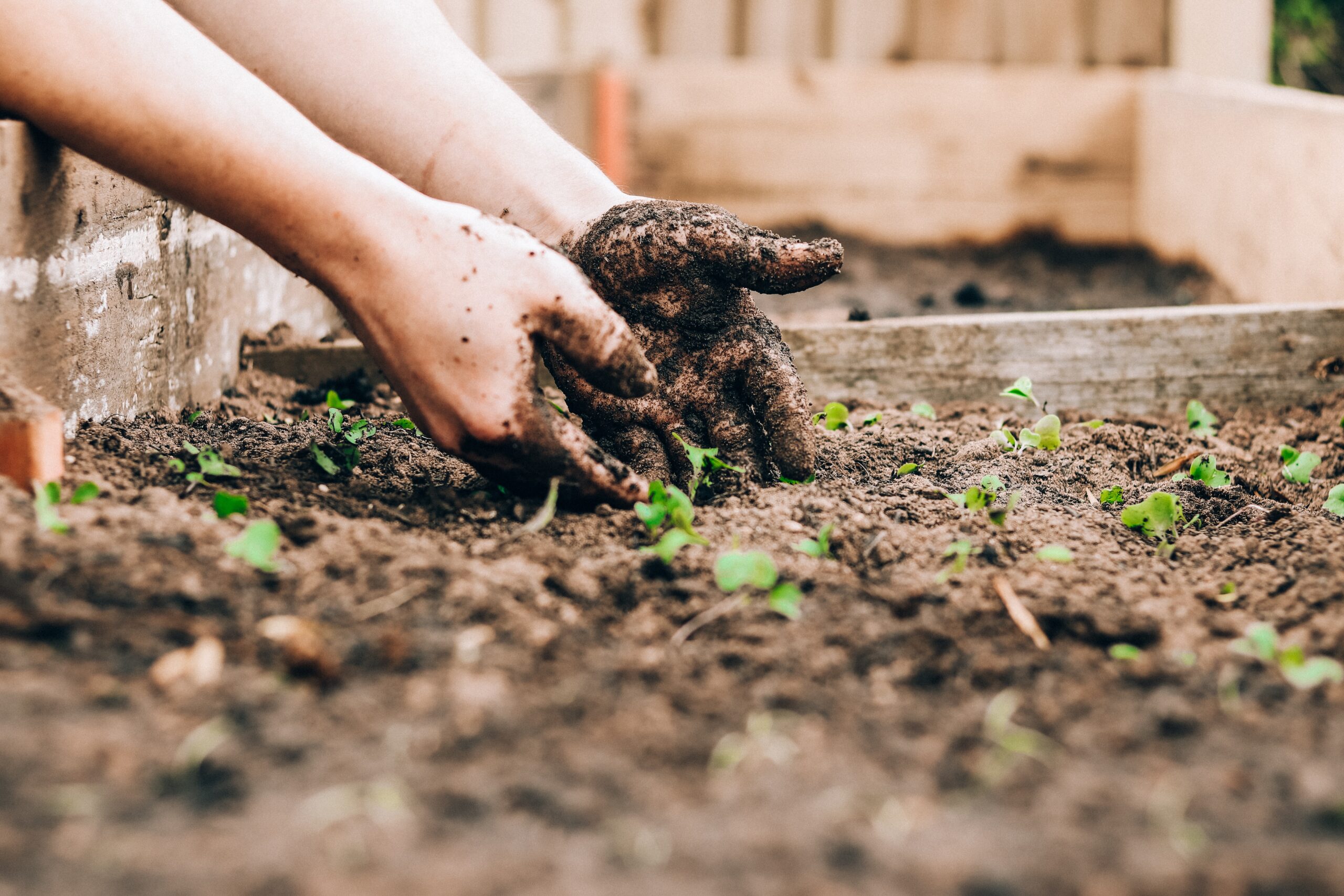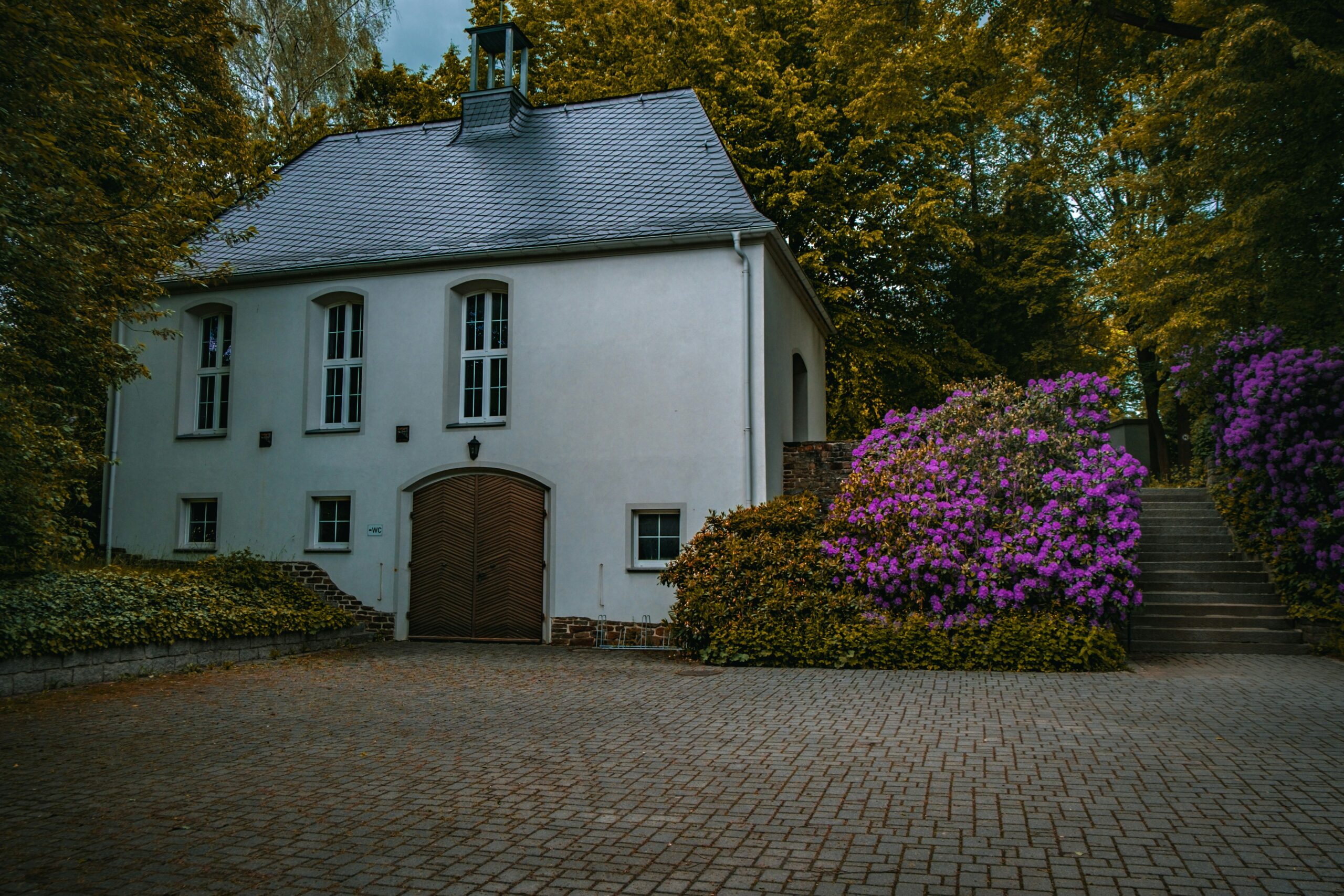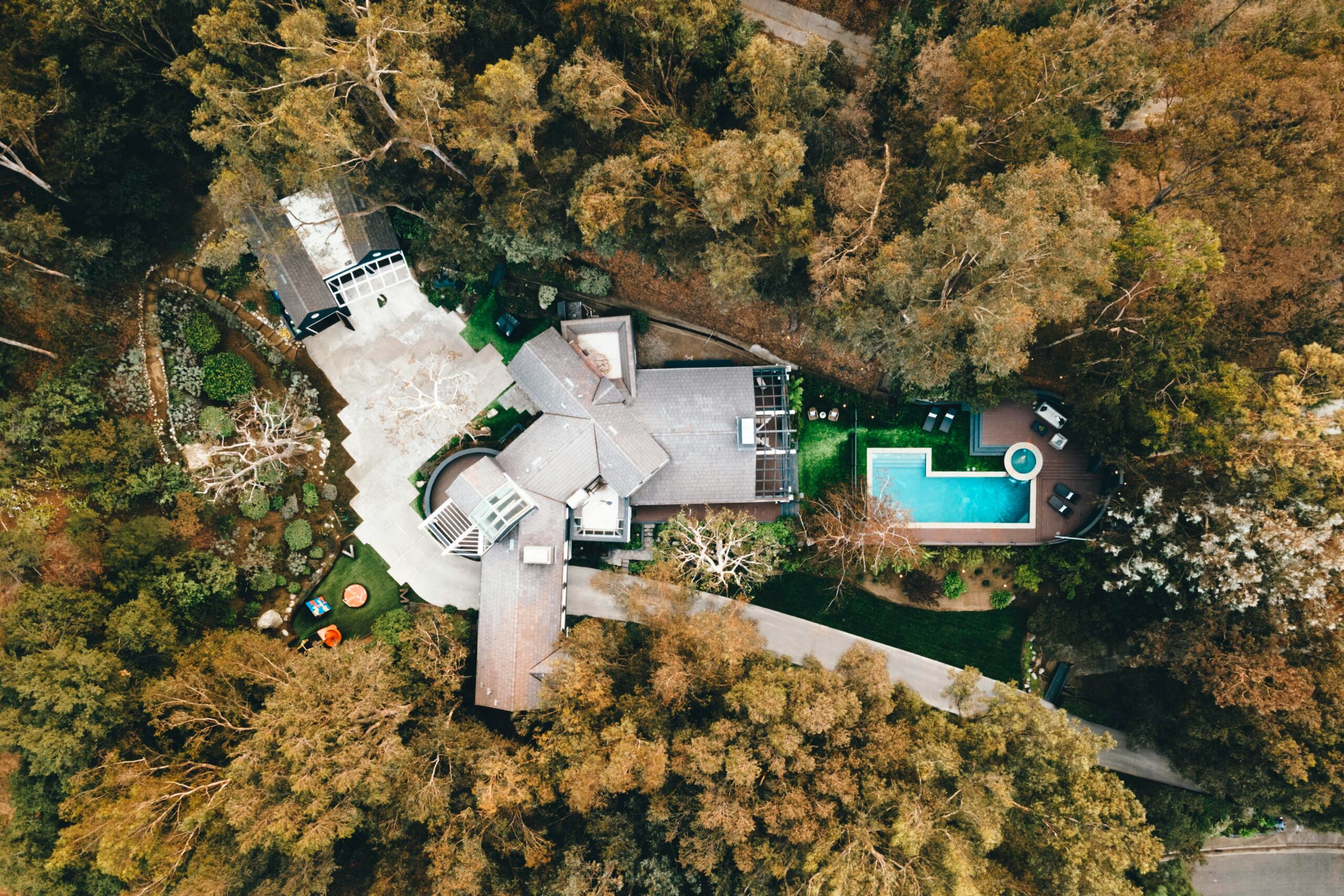Are you a new gardener looking to start a raised bed garden? One important step in creating a successful raised garden bed is filling it with the right soil mixture. Using step-by-step directions and professional advice, we will walk you through the process of filling an elevated garden bed in this post. This post will assist you in laying the ideal foundation for your raised garden bed, regardless of your level of experience or need for direction.
What Is a Raised Garden Bed?
A raised garden bed, also known as a raised bed or garden box, is a gardening technique where plants are grown in a contained area that is elevated above the ground. Raised garden beds are typically built with a frame made of wood, stone, or other materials, and are filled with soil. Improved soil quality, easier upkeep, and greater drainage are just a few advantages of this gardening technique.
Why Is Filling a Raised Garden Bed Important?
Filling a raised garden bed with the right soil mixture is crucial for the success of your plants. Unlike traditional in-ground gardening, where the soil is already present, raised garden beds require you to create your own growing environment. The soil mixture you choose will determine the fertility, drainage, and overall health of your plants.
How To Fill Raised Garden Bed Step-by-Step
Step 1: Choose The Right Location
Before you start filling your raised garden bed, it’s important to choose the right location. Select a spot that receives at least 6-8 hours of sunlight per day and is easily accessible for watering and maintenance. Avoid areas with poor drainage or excessive shade.
Step 2: Prepare The Bed
Clear the area where your raised garden bed will be placed. Remove any branches, sticks, leaves, grass, weeds, or wood debris. It’s also a good idea to lay down a weed barrier or landscape fabric to prevent weeds from coming up through the soil in your raised garden bed.
Step 3: Build The Frame
If you haven’t already built the frame for your raised garden bed, now is the time to do so. Choose a material that is durable and resistant to rot, such as cedar or pressure-treated lumber. Make sure the dimensions of the frame are appropriate for the size of your garden bed.
Step 4: Add a Layer Of Gravel
To improve drainage in your raised garden bed, add a layer of gravel to the bottom. This will help prevent water from pooling and ensure that your plants roots don’t become waterlogged. Spread a 2-3 inch layer of gravel evenly across the bottom of the bed.
Step 5: Fill With Soil Mixture
Now it’s time to fill your raised garden bed with the right soil mixture. A good soil mixture for raised beds should be well-draining yet moisture-retentive, loose, and fertile. You can create your own soil mixture by combining equal parts of compost, topsoil, and a soilless mix like perlite or vermiculite. Mix these ingredients thoroughly before adding them to your raised garden bed.
Step 6: Level and Smooth The Soil
Once the soil mixture is in your raised garden bed, use a rake or gardening tool to level and smooth it out. This will create an even surface for planting and ensure that water is distributed evenly throughout the bed.
Step 7: Water The Soil
After filling your raised garden bed with soil, it’s important to water it thoroughly. This will help settle the soil and provide moisture for your plants. Use a gentle spray or watering can to evenly moisten the soil, making sure not to overwater. Keep an eye on the moisture level of the soil and water as needed throughout the growing season.
Step 8: Add Organic Matter
To further enrich your soil and promote healthy plant growth, consider adding organic matter such as compost or aged manure. This will add nutrients to the soil and improve its structure. Spread a layer of organic matter on top of the soil and gently work it into the top few inches.
Step 9: Mulch The Surface
To conserve moisture, suppress weed growth, and regulate soil temperature, it’s recommended to mulch the surface of your raised garden bed. Choose a mulch material such as straw, wood chips, or compost and spread it evenly over the soil surface. This will help retain moisture and reduce the need for frequent watering.
Step 10: Start Planting
Once you have prepared your raised garden bed and filled it with soil, you are ready to start planting. Choose plants that are suitable for your location and the season, and follow the planting instructions for each specific plant. Make sure to space your plants appropriately to allow for their growth and provide adequate air circulation.
What Type Of Soil Should Be Used To Fill a Raised Garden Bed?
When filling a raised garden bed, it’s important to use a soil mixture that is well-draining yet moisture-retentive, loose, and fertile. A good soil mixture can be created by combining equal parts of compost, topsoil, and a soilless mix like perlite or vermiculite. These ingredients should be thoroughly mixed before adding them to the raised bed. With this kind of soil, your plants will be able to thrive in a healthy environment where their roots can get the water and nutrients they need. In order to avoid soggy soil, which can cause root rot, it will also encourage proper drainage. Using the proper soil mixture will guarantee a plentiful harvest and lay the groundwork for a successful garden.
How Deep Should Soil Be In a Raised Garden Bed?
Ideally, the soil in a raised garden bed should be at least 12 inches deep. This depth allows for adequate root development and provides enough space for plants to flourish. However, depending on the types of plants you wish to grow, you may need to adjust the depth accordingly.
For most vegetables and herbs, a soil depth of 12 inches is sufficient. This depth facilitates the development of a robust root system, which is essential to the general growth and yield of your plants. Additionally, it offers enough aeration and drainage, which lessens the likelihood of soil compaction and waterlogging.
If you plan to grow root crops, such as carrots or potatoes, a deeper soil is necessary. Root crops require deeper beds to allow for proper root development. In this case, a soil depth of 18 inches or more is recommended.
Are There Any Materials That Should Not Be Used To Fill a Raised Garden Bed?
1. Synthetic fertilizers: Avoid using synthetic fertilizers as they can harm beneficial soil organisms and negatively impact soil health over time.
2. Pesticides and herbicides: Avoid using pesticides and herbicides in your raised bed as these chemicals can contaminate the soil and harm beneficial insects and organisms.
3. Treated wood: Avoid using treated wood, such as pressure-treated lumber, as it contains chemicals that can leach into the soil and may be harmful to plants and the environment.
4. Coal ash: Coal ash contains heavy metals and toxins that can contaminate the soil and pose a risk to plant health. Avoid using coal ash as a filling material.
5. Pet waste: Avoid using pet waste in your raised bed as it can contain harmful bacteria and pathogens that can contaminate the soil and potentially affect the health of your plants.
6. Diseased plants: Do not use plants that are diseased or infected with pests in your raised bed. This can spread diseases and pests to healthy plants and negatively impact your garden.
7. Weeds: Avoid using weeds as a filling material in your raised bed, as they can re-root and become a persistent weed problem in your garden.
Conclusion
In summary, choosing a suitable spot that has good accessibility and receives plenty of sunlight is the first step in building a successful raised garden bed. The procedure include preparing the ground, constructing a strong frame, adding a layer of gravel for drainage, and gradually filling the bed with a nutrient-rich, well-draining soil mixture. Key steps include leveling the soil, watering adequately, incorporating organic matter, applying mulch, and ultimately planting suitable vegetation.
The depth of the soil should be at least 12 inches for most plants, with adjustments for specific types of crops. Importantly, certain materials should be avoided, such as synthetic fertilizers, pesticides, treated wood, coal ash, pet waste, diseased plants, and weeds, to ensure a healthy and productive garden. Gardeners of all skill levels can create a strong basis for a flourishing raised bed garden by adhering to these recommended procedures and standards.
Final Thoughts
Delve into the realm of landscaping alongside the skilled professionals at Terracare Landscaping. Our proficient team specializes in crafting, constructing, and upkeeping stunning landscapes. With a 35-year legacy of serving various communities in New Jersey, including Bergen County, Wyckoff, and Franklin Lakes, we are dedicated to making your vision of a dream home oasis a reality. Get in touch today to revolutionize your outdoor living area!
Sources
1. https://extension.umd.edu/resource/soil-fill-raised-beds
2. https://www.lowes.com/n/how-to/how-to-build-a-raised-garden-bed
3. https://growinginthegarden.com/best-way-to-water-raised-bed-gardens/




